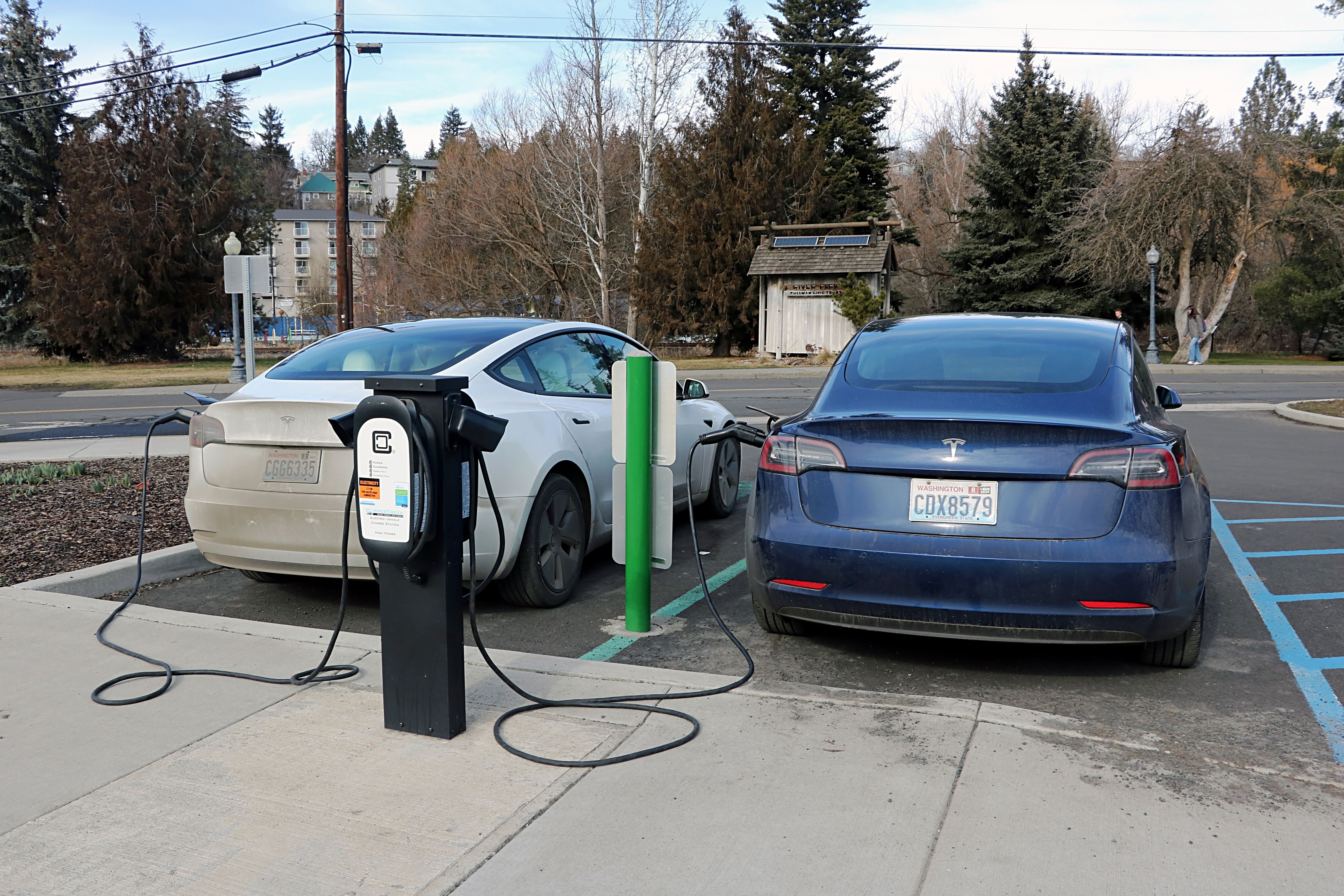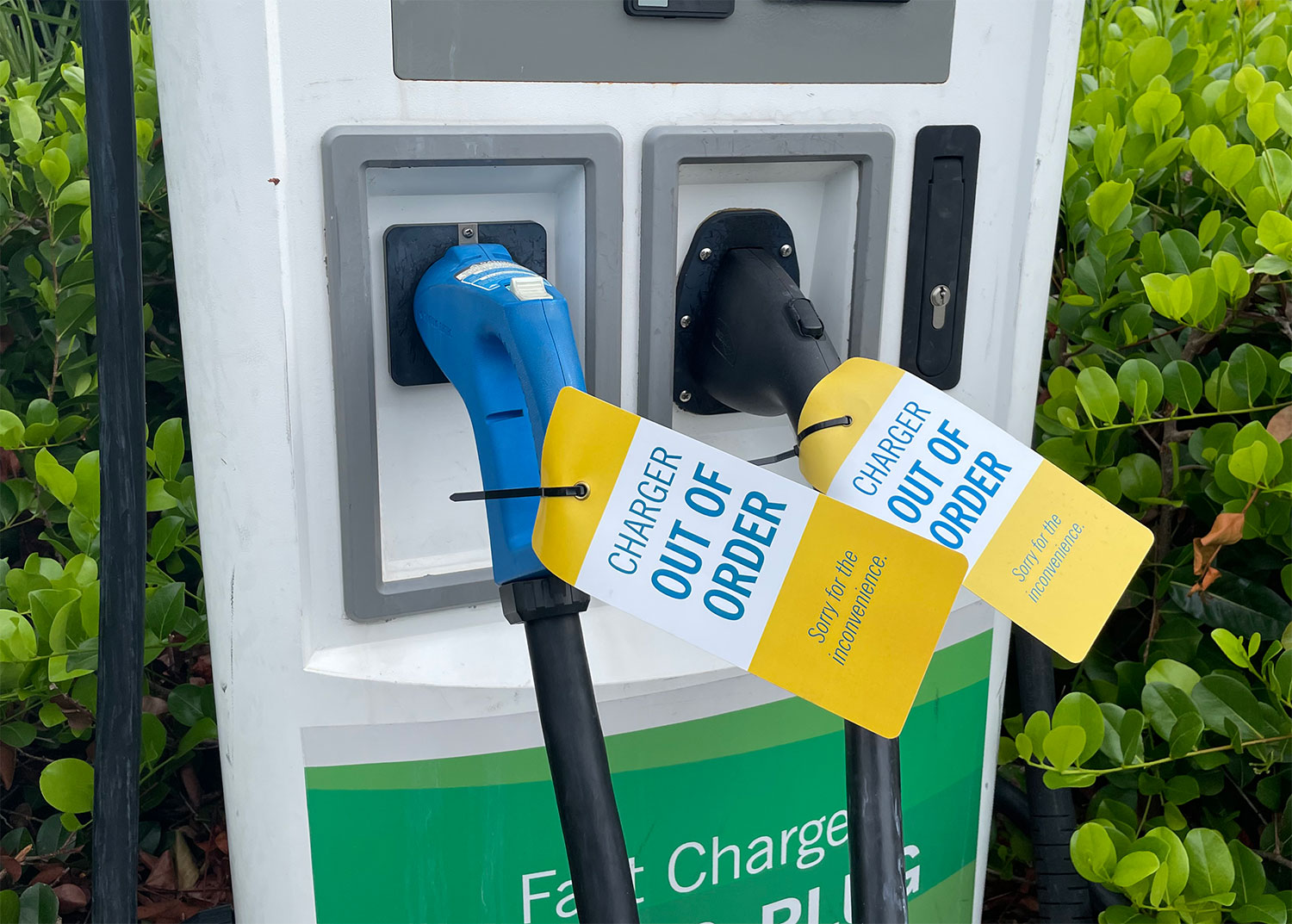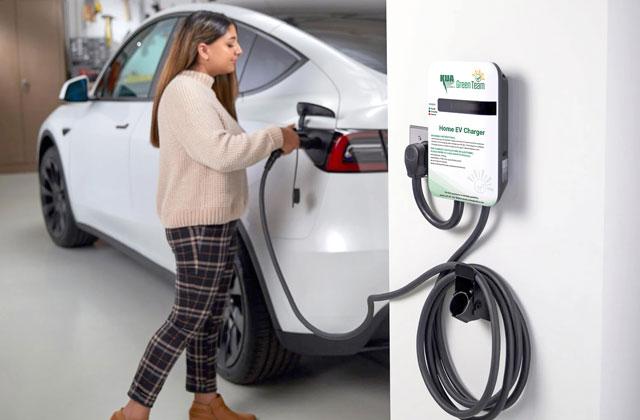Expert Opinions and Market Insights When You Buy EV Charging news
Expert Opinions and Market Insights When You Buy EV Charging news
Blog Article
Leading EV Charging Information: Secret Updates on Facilities and Technology

Current Improvements in Fast-Charging Innovation

Furthermore, improvements in battery innovation, including enhanced thermal monitoring systems and greater energy thickness batteries, complement fast-charging abilities. These growths mitigate the threat of battery degradation throughout fast charging, making certain long life and efficiency for EV proprietors.
Furthermore, the integration of clever billing remedies is enhancing user experience, enabling real-time tracking and vibrant pricing designs. EV Charging news. This flexibility permits vehicle drivers to enhance billing prices and times based on grid need
As car manufacturers remain to purchase fast-charging networks, the partnership in between sector stakeholders is essential. Collaborations in between billing terminal carriers and automotive suppliers are paving the means for extensive insurance coverage, eventually cultivating a much more durable EV ecological community. These innovations are crucial in supporting the change to sustainable transport.
Federal Government Campaigns for Charging Expansion
Government initiatives play a critical role in the growth of electrical lorry (EV) charging framework, facilitating the transition to sustainable transport. Different federal and state programs are being executed to improve billing accessibility, reduce the economic worry on consumers, and advertise the adoption of electric lorries.
Especially, the united state government has designated significant funding through the Facilities Financial Investment and Jobs Act, which allocates $7.5 billion for EV charging network development across the country. This funding is aimed at releasing countless new billing stations, particularly in underserved locations, consequently addressing range anxiety among prospective EV purchasers.
Additionally, many states are enacting regulations to improve the permitting process for billing station setups, which is crucial for speeding up implementation. Incentives such as tax obligation credit ratings and discounts for both customers and organizations are likewise being introduced to urge the installment of billing facilities.
Additionally, public-private partnerships are significantly ending up being an emphasis, leveraging exclusive financial investment to match federal government funding. These campaigns underscore a joint strategy crucial for constructing a comprehensive and reliable EV billing network, ultimately adding to a greener and even more lasting future.
Innovative Battery Solutions Enhancing Efficiency
Changing the landscape of electrical vehicle (EV) modern technology, ingenious battery options are substantially enhancing performance and performance. Advances in battery chemistry, specifically with lithium-sulfur and solid-state batteries, are resulting in raised energy thickness, which enables longer arrays and faster charging times. These new battery types have the prospective to surpass typical lithium-ion batteries by providing higher capabilities while lowering weight, thus improving total car effectiveness.
Moreover, developments in battery monitoring systems (BMS) are enhancing power use and prolonging battery lifespan. Smart formulas check battery wellness and efficiency, allowing real-time adjustments to charging and releasing procedures. This not only enhances the efficiency of the battery yet additionally makes sure a much more reputable and sustainable power source for EVs.
Additionally, the integration of reusing innovations is dealing with the ecological effect of battery production and disposal. Innovations in second-life applications for EV batteries are promoting their use in power storage systems, adding to a round economic climate.
As these innovative battery remedies continue to evolve, they assure to transform the EV market, making electrical automobiles more appealing and easily accessible to a broader target market while sustaining global sustainability goals.

Collaboration Between Automakers and Charging Networks
Recognizing the crucial requirement for a robust charging facilities, automakers are progressively collaborating with charging network service providers to improve the EV ownership experience (EV Charging news). These partnerships intend to develop a smooth charging community that benefits consumers and sustains the change to electrical cars
Major automotive brand names are signing up with pressures with recognized charging networks to increase their billing station coverage, ensuring vehicle drivers have accessibility to practical and reputable billing choices. Partnerships with networks like ChargePoint and Electrify America permit automakers to incorporate charging remedies directly right into their automobiles' navigation systems, assisting users to the local stations and giving real-time accessibility updates.
Furthermore, these partnerships frequently cause the development of fast-charging modern technologies that considerably lower the time required to recharge an EV. By pooling sources and competence, car manufacturers and charging networks can innovate much faster, producing remedies that meet the expanding need for electric wheelchair.
Additionally, joint initiatives may additionally lead to more standard billing protocols, which can ease her response customer confusion and promote more comprehensive EV fostering. In general, these calculated partnerships are pivotal in developing a user-friendly and effective charging framework that fulfills the needs of an expanding electric automobile market.
Obstacles Encountering EV Billing Infrastructure
As the electric car market continues to expand, several challenges are surfacing that impede the advancement of a thorough billing framework. Among the primary obstacles is the insufficient number of charging stations, particularly in underserved and rural urban areas. This gap creates array anxiety amongst possible EV customers, hindering them from making the button.
Furthermore, the absence of standardization in billing technology makes complex the facilities landscape. Variations in plug kinds and charging rates can produce complication for individuals and increase functional complexities for billing network operators.
Another pushing issue is the high cost associated with the installment and maintenance of billing stations, which can be an obstacle for both private organizations and public entities. Governing hurdles and zoning limitations can postpone the implementation of billing infrastructure, hampering progression in expanding necessary services. Attending to these obstacles will be vital for cultivating click now a robust EV environment that sustains the transition to sustainable transport.
Verdict
In conclusion, the ongoing improvements in EV billing modern technology, sustained by substantial federal government campaigns and cutting-edge battery solutions, are essential for the development and effectiveness of electric automobile infrastructure. Cooperations between car manufacturers and billing providers even more boost terminal protection, addressing the expanding demand for available charging options. Despite challenges that linger within the EV billing landscape, these growths symbolize a positive trajectory towards a more lasting and reliable electric lorry ecological community.
Technologies in billing facilities have led to the growth of ultra-fast battery chargers capable of delivering up to 350 kW of power, dramatically lowering charging times. Variations in plug kinds and charging speeds can develop confusion for users and raise operational intricacies for charging network operators.In conclusion, the recurring developments in EV charging modern technology, supported by substantial federal government initiatives and cutting-edge battery services, are essential for the development and effectiveness of electrical automobile infrastructure. Cooperations between car manufacturers and charging carriers additionally enhance home station coverage, attending to the expanding demand for obtainable charging alternatives. Despite obstacles that persist within the EV billing landscape, these growths represent a favorable trajectory towards a much more reliable and sustainable electric automobile ecosystem.
Report this page